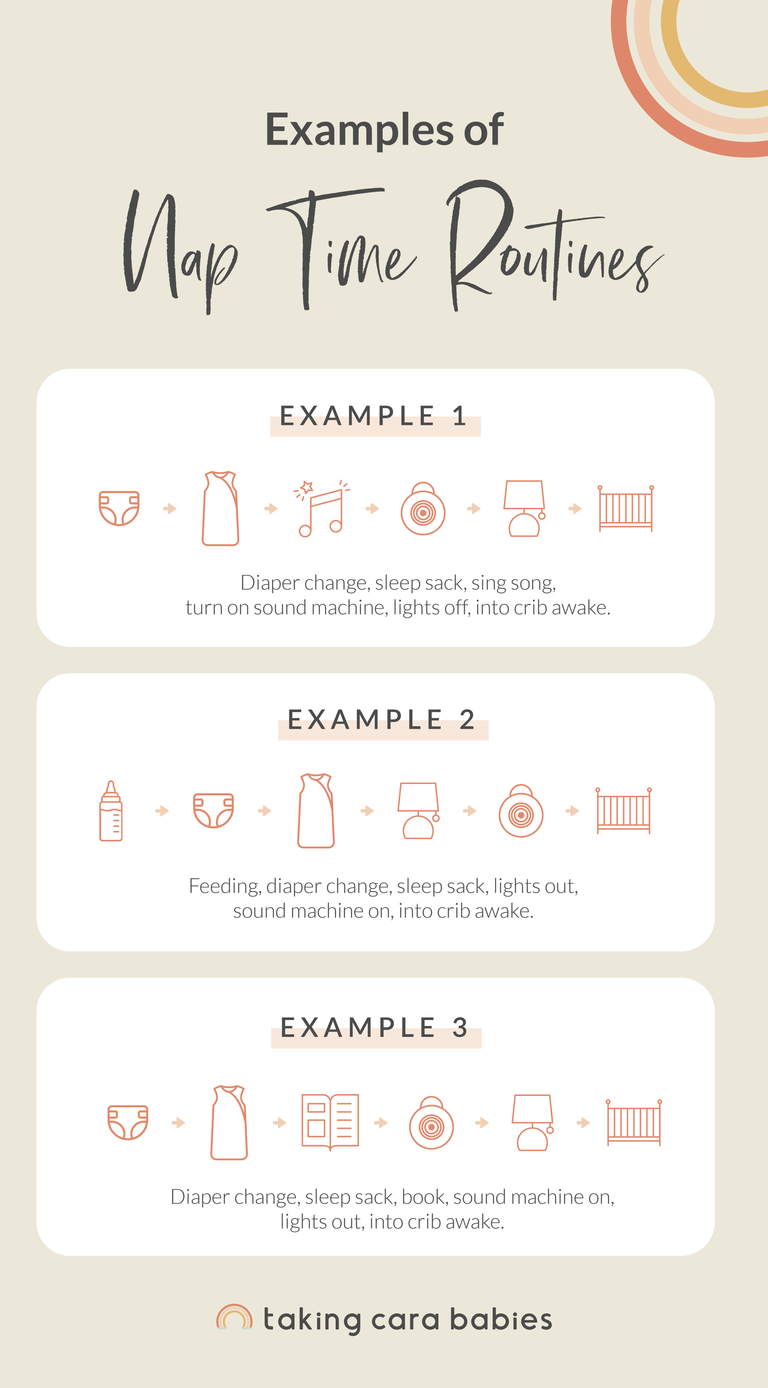Does it feel like no matter what you try your baby won't nap? I know that this can be so frustrating. Whether your baby has never napped well or naps have recently become a challenge, I can help. Let's talk about why this might be happening and what to do when your baby simply won't nap.
Why won’t my baby nap?
It depends. Things like sickness, teething, regressions, and room environment can all impact your baby’s ability to nap. But, the number one factor in helping your baby nap well is sleep pressure. Your baby needs the right amount – not too much or too little– of sleep pressure to fall asleep and stay asleep. I like to think of this sleep pressure as your baby’s tired tank™. Let me talk about your baby’s tired tank™ in this special sneak peek video from my Conquering Naps class.
Did you catch that? If your baby’s tired tank™ is overflowing, adrenaline and cortisol surge and can make your baby fight sleep. If your baby’s tired tank™ isn’t full enough, they may struggle to fall asleep, or when they do fall asleep, it can result in a short nap. This is why understanding your baby’s wake windows and individual cues is so important.
Expert Tip: Do you have a baby younger than 5 months? The tired tank™ still plays a big role in newborn naps, but I have age-specific guidance for you whether your newborn baby is taking short naps or won’t sleep in the crib at all.
Where should my baby nap during the day?
The safest place for a baby to nap is in a crib, bassinet, or play yard with a firm, flat surface and no loose blankets. The best environment for a nap is a cool, dark room humming with the noise of a sound machine. For more on the right environment for sleep, check out my tips for helping your baby nap below.
Expert Tip: Are you wondering how this translates to daycare where you can’t control the environment? Read my best tips for daycare and baby sleep.
What is a good nap time routine?
Much like babies do best with a bedtime routine before heading to bed at night, most babies nap best when they have a predictable series of activities that lead up to nap time. Nap time routines help your baby wind down and prepare for sleep. They don’t need to be long or complicated, just a few minutes works well for most babies. Let me show you some examples of nap time routines:
Expert Tip: You may be thinking, “But Cara, I have a 3 year old waiting for me in the next room. I can’t leave them alone for long!” Remember, a great nap time routine can be done in just a few minutes.
What should I do if my baby won’t nap? How do I get my baby to nap?
These tips will help your baby nap:
-
Examine your wake windows- Remember, we want your baby's tired tank™ full but not overflowing. There are two important components to this. The first is to find an age-appropriate sleep schedule based on wake windows. The second is to make sure your baby is active during those wake windows.
-
Establish a nap time routine- A quick and consistent nap time routine can be so helpful when your baby won’t nap. It signals to their brain that sleep is coming and helps their body wind down so that they are ready for sleep.
-
Ensure your baby is comfortable- Babies nap best when they’re dressed comfortably for sleep. Be sure to change them out of any restrictive clothing, remove all accessories (like bows, hats, and pacifier clips), and zip them into their favorite sleep sack for nap time.
-
Get the room as dark as possible- A dark room (use code Cara for 10% off) helps to eliminate distractions and makes it easier for your baby to fall asleep and stay asleep. Wondering how dark the room needs to be? Think so dark that you can’t see your hand in front of your face after your eyes adjust.
-
Use a sound machine- Sound machines (use code CARA20 for 20% off) block out noise that could disrupt your baby falling or staying asleep. Babies who sleep with the continuous hum of the sound machine tend to fall asleep easier and faster and stay asleep longer.
-
Lay baby down awake- When a baby feeds to sleep or gets drowsy during a nap time routine, it can steal from their tired tank™. This little rest gives them just enough sleep that they’re no longer tired enough for a nap. Allowing your baby to fall asleep independently in the crib increases the chance of a consolidated and restorative nap.
-
Have a plan - For babies 5-24 months, my Conquering Naps class will help you have a great little napper. I’ll provide you with the tools you need and a step-by-step plan to establish consistent daytime sleep. I’ll also walk you through every nap transition and routine shift from now until your baby is 2.
-
Add flexibility after naps are more consistent- If you’re wondering if these tips mean that you’re locked at home for every nap, don’t worry. Once your baby’s naps are more consistent, I recommend using the 80/20 rule for babies 5 months and older: 80% of the time we try to have naps at home in that “best” environment, and 20% of the time we can be flexible with naps on-the-go. I want you to have a great little napper so that your entire family can thrive.
-








